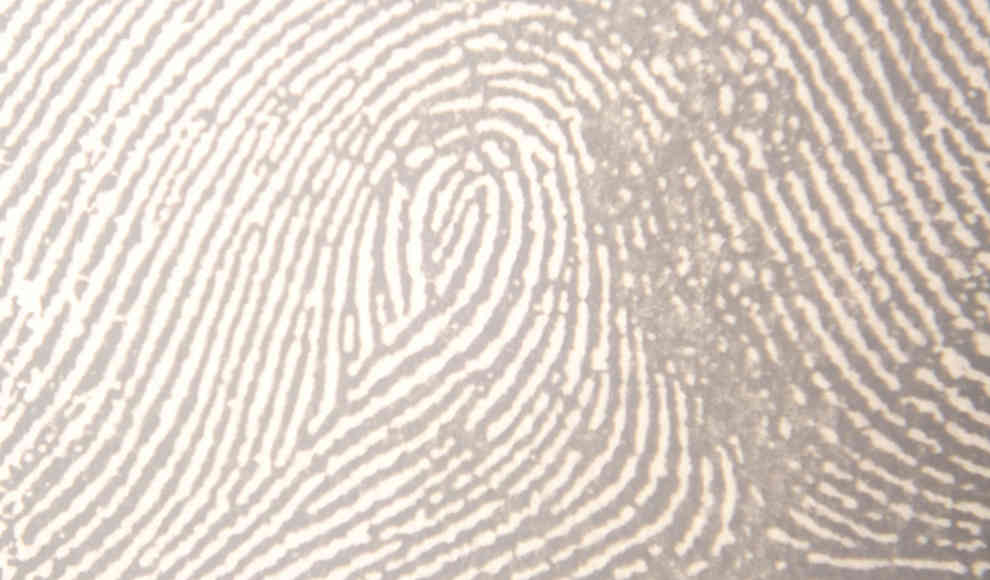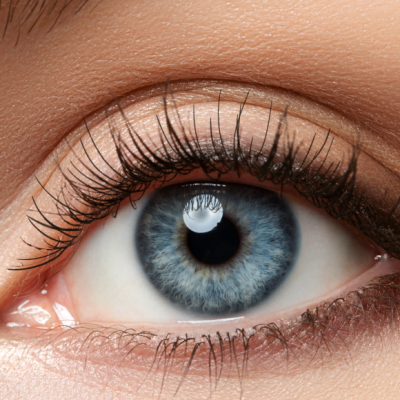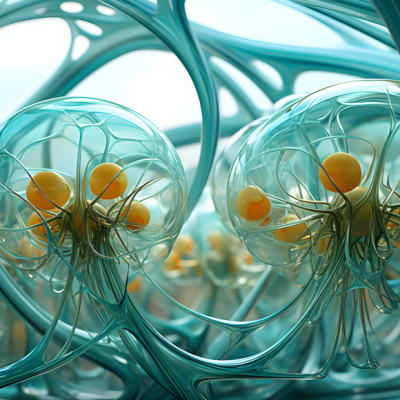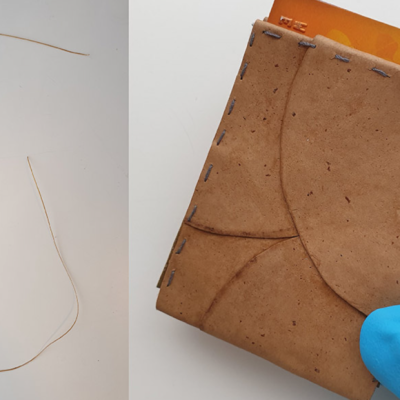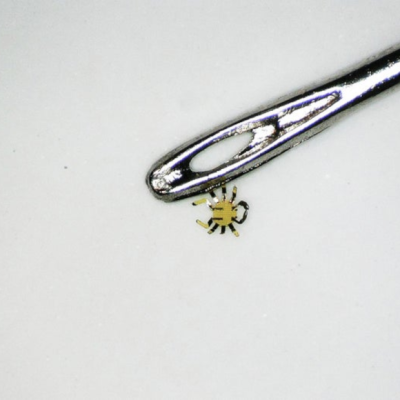Israeli researchers have developed a new method that uses nanotechnology to make fingerprints visible on paper and other difficult surfaces. Previously, fingerprints on paper were difficult to secure, and only half of all attempts by forensic experts were successful. However, the new method developed in Israel uses nanotechnology to reliably secure fingerprints on paper. The method does not rely on the typical sweat ridge pattern, but instead focuses on the areas of the paper that did not come into contact with sweat. This creates a negative image of the fingerprint, similar to a photographic negative. The method works even on weak prints, unfavorable sweat patterns, and wet paper.
Previously, forensic experts applied a thin layer of gold nanoparticles to suspicious areas, but this method was unreliable due to differences in sweat composition between individuals. The new method developed by Israeli researchers involves coloring the paper around the fingerprint, rather than the fingerprint itself. The new molecules used in the method have a “tail” made of a hydrocarbon chain that attaches to the surface of the gold nanoparticles, while the “head” of the molecule, an acylpyridazine group, binds to the cellulose in the paper. The thin layer of skin oil left behind by a fingerprint serves as a protective layer that allows the nanoparticles to adhere to the paper. After the paper is sprayed with the new nanoparticles, they are blackened with a silver-containing development solution to create the negative fingerprint.
This new method is a significant breakthrough in forensic science, as it allows for the reliable securing of fingerprints on paper and other difficult surfaces. The method is not affected by differences in sweat composition between individuals, making it more reliable than previous methods. The use of nanotechnology in forensic science is a promising area of research, and this new method developed in Israel is a significant step forward in the field.


